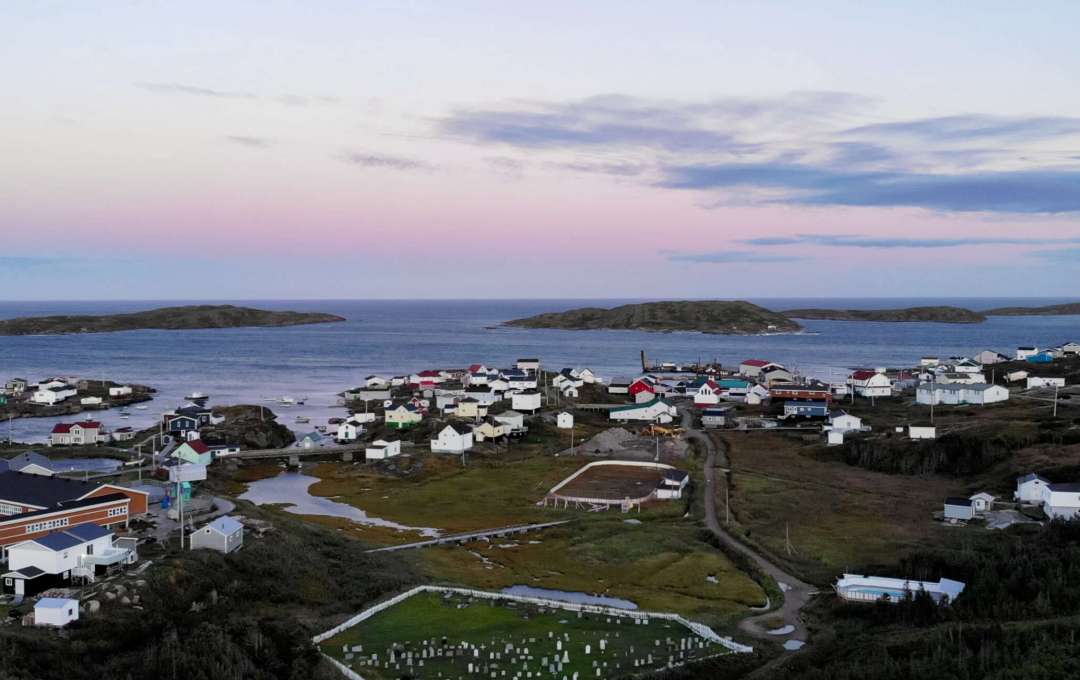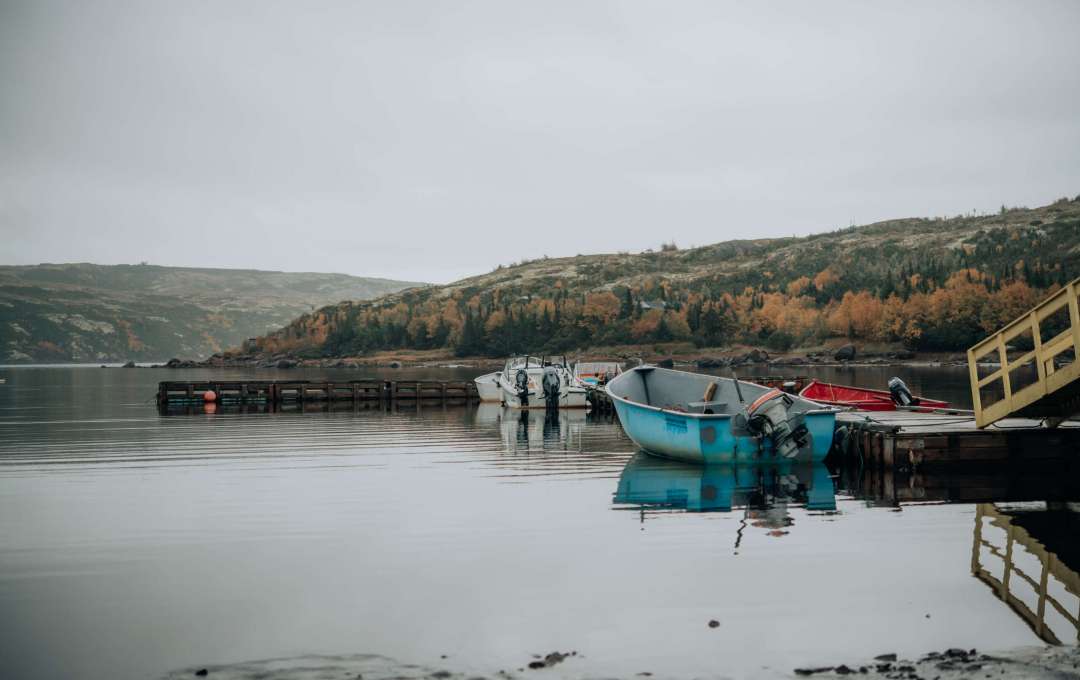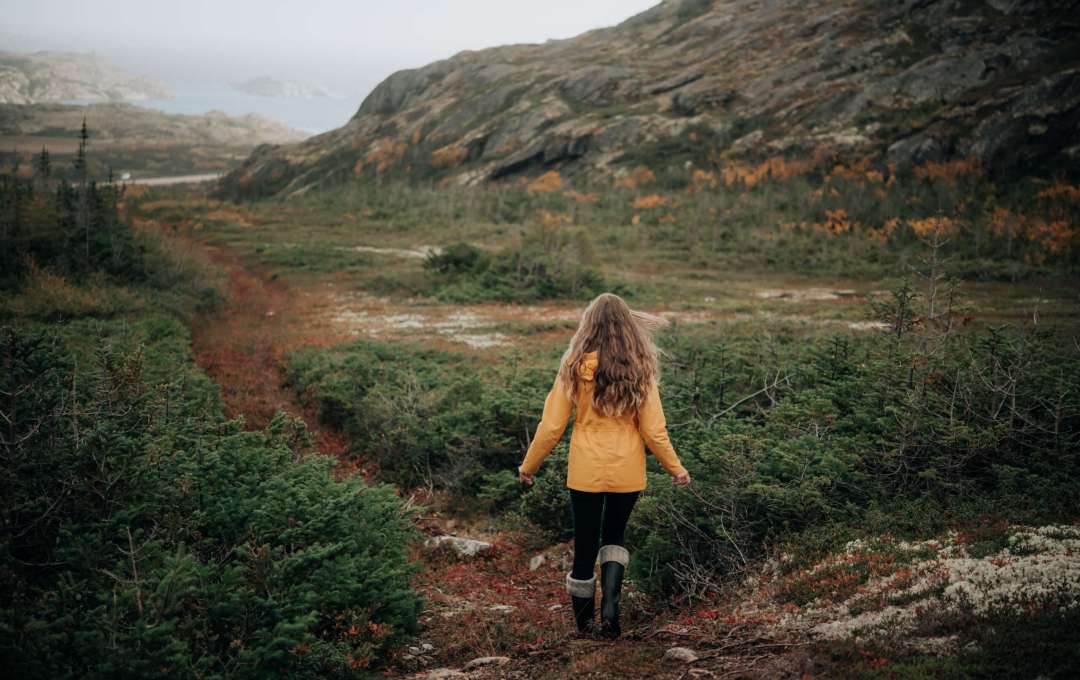Bishop’s Forum 2021
Our NRC team had the privilege of attending the Bishop’s Forum this year!
The Coasters Association believes in the Lower North Shore and all it offers. We recognize the limitless potential of our unique and beautiful region and are dedicated to its development.
Our NRC team had the privilege of attending the Bishop’s Forum this year!
Two of our NRC team members traveled the Coast to capture unique footage.






The ability to lead and model diversity throughout the organization and within the communities of the Lower North shore. Value diverse organizational and life challenges, creating an inclusive environment for all. The organization should act with integrity, openness, respect and honesty in all relationships, dealings and transactions.
Accept and demonstrate a shared responsibility throughout the organization and within the communities.
Recognize and respect all persons in the organization and the communities.
Set tangible benchmarks for the organization to succeed in them.
Continue to improve and enhance our current activities and services to develop programs.
Promote the exchange of experiences and achievements between organizations.
Competent management of both the resources and activities that lead the organization.
Focus on positive impact with our resources, with measurable outcomes.
Value the contributions of volunteers to the organization and the community.


Situated on the border of Quebec & Labrador, Blanc Sablon is the easternmost village of the Lower North Shore. It’s home to many great archaeological sites representing the earliest contact between First Nations Peoples & Europeans in all of Canada. Blanc Sablon gets its name from the archaic French of “white sands” for its long stretch of sandy beach.
Originally known as Long Point, Lourdes de Blanc-Sablon is a French community on the coast of the Strait of Belle Isle. On a clear day, you can see the mountains of the northern tip of Newfoundland. Nowadays, the village maintains its French identity but is becoming increasingly bilingual.
One of the safest harbours on the Coast, Brador provided a rich supply of cod, herring, mackerel, salmon, seals, and whales, making it a hub for fishing, hunting and trading. Its name began appearing on maps at the end of the 18th century, possibly from the French term “bra d’or” or “golden arm,” referring to the rich marine resources.
Middle Bay is a small village with an intriguing history. Basque fishermen crossed the Atlantic to fish cod and whales in the Strait of Belle Isle during the 16th century, leading to the permanent settlement of this small fishing village. You can find artifacts and exhibits of Middle Bay’s vibrant history at their local Interpretation Centre.
One of the oldest settlements on the Lower North Shore, St. Paul's River, is located on a bay sheltered by islands near the same name's world-class salmon fishing river. The village is also framed for its invention of the cod trap by William Henry Whiteley, which revolutionized the cod fishing industry in Eastern Canada.
Old Fort Bay is a community with a long and intriguing history and lively cultural traditions. The village provided a perfect port for early European fishing fleets. It is presumed that the name comes from an early trading fort built in the area. Nowadays, many residents continue to work in the fishing industry.
On the east bank of the St. Augustine River is a community of the same name. Early visitors and settlers first stayed on the islands near St. Augustine. Over time, residents moved to the main village in the winter and then year-round. Some within the community remain on the islands in the summer to fish multiple different species.
La Tabatière is a community composed of three hamlets: one of the same name, Red Bay and Old Post. Since the 18th century, La Tabatière has been known the best seal-fishing station on the Lower North Shore. After the seal and fish oil factory burned down in the 1930s, it was rebuilt as a fish processing plant.
Mutton Bay is located on the shore of a protective bay and is known for its proximity to excellent crab, lobster and scallop fishing grounds. Originally named Baie-du-Portage, after an ancient Aboriginal portage in the area, it was renamed in the early 1800s, possibly due to sheep brought to shore by foreign fishermen.
Tête-à-la-Baleine is one of the three French-speaking communities in the region. Known as Whale Head by the English-speaking population, the village was named after a whale-shaped island nearby. Many residents will spend their summers on Providence Island, where St. Anne’s Church was built in 1895.
Named one of Quebec's thirty most beautiful villages, Harrington Harbour sits on a rocky island with a distinctive boardwalk and colourful wooden houses. There are no roads and cars – only pedestrians, bikes and all-terrain vehicles. Like many other communities on the Lower North Shore, Harrington's economy is based on the fishing industry.
Located along a sandy bay near the Netagamiou River, Chevery was established in the 1950s for residents of various abandoned settlements requesting a permanent mainland community. Before becoming a permanent settlement, Chevery was used for a seal and salmon fishing post. It was also home to an experimental agricultural farm that operated until World War II.
Located near the mouth of the Olomane River, La Romaine consists of a French-speaking population and an Innu reserve, Unamen Shipu. Once home to a fishing and trading post owned by the French, the village is now a hot spot for commercial lobster fishing and private sport-fishing camps.
Kegaska is the westernmost village of the region. Its name comes from the Innu word “quegasca,” which may refer to the passage at high tide between the mainland and the islands. This fishing community once depended on the cod fishery. Nowadays, snow crab is the primary source of revenue.

This is an exciting time for the Coasters Association as we’re examining current processes and outcomes and laying the groundwork for stimulating innovation initiatives and community support – now is the time for that change to be executed. I’m confident this will be an energetic renewal period for the Coasters Association and the beginning of an exciting chapter for the Lower North Shore.
I can say from personal experience that volunteering with the Coasters Association is incredibly rewarding and an absolute privilege. I can also say that it’s a big commitment and a massive responsibility to our board and staff. Still, we are dedicated to supporting the communities with social and economic development.
The Coasters Association has gone from one office to having offices in every community along the coast. Our budget has grown from ninety thousand ($90 ths) in 1990 to 1.35 million in the last fiscal year (2019-20). Throughout the years, we have gone through several restructuring processes. However, we are still committed to our core values: to support the Lower North Shore in being an active, thriving region that values the wellbeing of its people. We seek to promote healthy choices for all residents through open communication, collaborative relationships and affordable resources. We are dedicated to building partnerships and coalitions to improve the overall community wellbeing without stigma or judgment. We support and connect all groups, organizations, and individuals committed to making the Lower North Shore a healthy place to live, work, place, and grow old.

